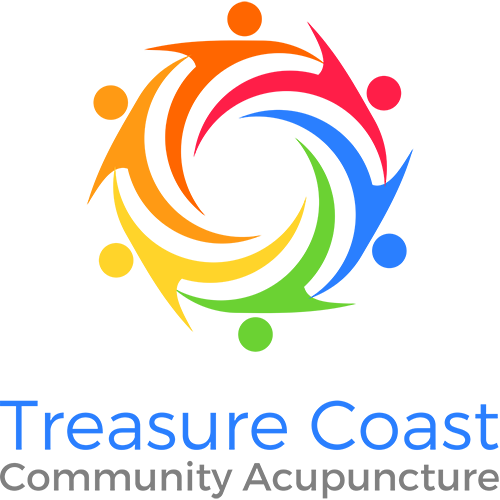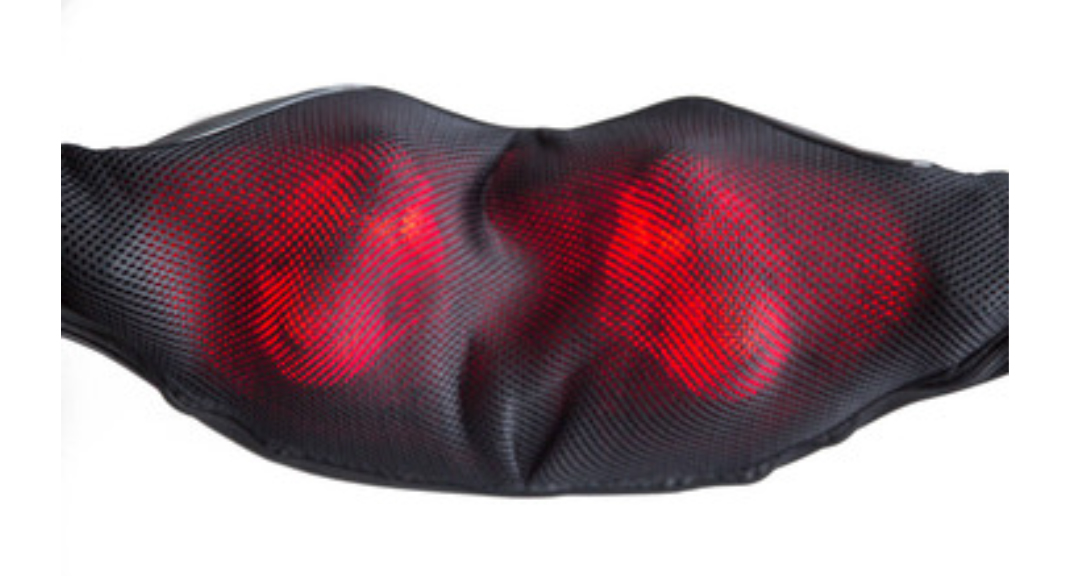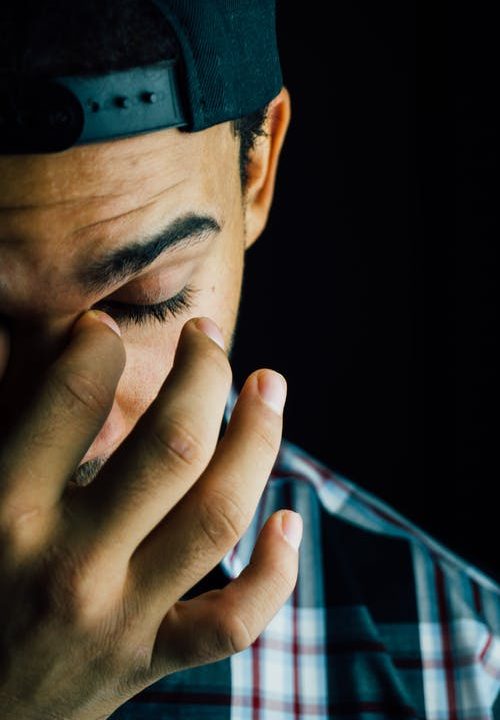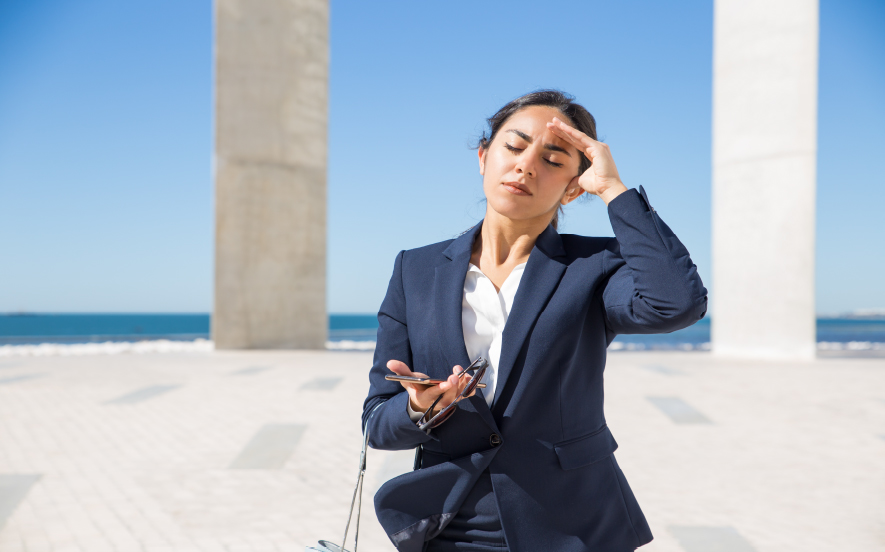What Causes Chronic Low-back Pain and Why Doesn’t it Heal?
Pain in the lower back which is the L1-L5 vertebrae of the lumbar system and the fused S1-S5 of the sacral system is caused by many factors. Improper bio-mechanics which means an imbalance in the muscles of the body, DJD or degenerative joint disease and trauma causing herniation of vertebral discs are three of the major reasons for Low-back pain. Lack of exercise, worn out shoes or car seats and being overweight are some of the other factors which can also influence low-back pain.
Low back pain can present as a constant ache in the lumbar region, increased pain upon sitting or standing or as Sciatica which is pain shooting down the legs.
These conditions can be chronic and lasting months to years. The constant pain can wear you down mentally and restrict your mobility to the point where it can change your lifestyle and personality. Often the pain affects people at night when they try to sleep. This can negatively affect your overall health by disturbing your sleep. People who do not sleep well have a shorter lifespan and develop more disease than those who sleep well.
So what can be done to relieve low-back pain?
Initially when one goes to a doctor the doctor will evaluate your pain and determine from examination and imaging if it is indeed low-back pain. If this is confirmed then the first steps of treatment are usually prescription anti-inflammatories and physical therapy. The physical therapy is usually prescribed because people who develop low-back pain usually do not stretch the right muscles to avoid or help low-back pain so a professional must be hired to do this for them.
More importantly is the prescription of anti-inflammtories because this tells the patient that their low back pain has inflammation and this inflammation needs to be resolved if they are going to get relief. Inflammation is the body’s attempt to repair and protect itself. If inflammation persists for a long time it can cause problems for the low-back pain sufferer. When inflammation occurs it is because some trauma has happened in the low-back which triggered the blood to release chemicals to help protect and repair. The protection is achieved by tightening the muscles around the area to protect the skeleton from further damage. This is done chemically by the blood with substances called inflammatory cytokines. The attempt to heal the injury also uses these inflammatory chemicals to open the blood supply to the region immediately. This is because it turns out that it is blood that best heals trauma in the body and the low back. The problem is that after a few days the protective part of inflammation actually stagnates the blood supply to the injured region which will not only slow healing, but cause degeneration and unwanted changes in the injured area.
The physical therapy has limited benefit in the presence of persistent inflammation and the prescription anti-inflammatories have unwanted side-effects when used long-term such as liver and kidney toxicity, gastritis or inflammation of the stomach and even heart disease.
The next option is surgery to repair the injured area and to relieve the pain. This must be a well thought out decision because surgery is not something that can be easily done over if the desired results are not gotten. There are many cases where a herniated disc that is operated on may reherniate and need additional surgery, but for the majority of low-back surgeries the outcome is not assured and if it does not relieve pain then you must live with the results. Skilled orthopedic surgeons will take into account several factors which may determine your chances for success in low-back surgery such as your age, your physical health, are you a smoker and therefore a poor healer, the type of injury you have and your medical history. Good orthopedic surgeons will not consider you a good surgical candidate if these factors are against your having a positive outcome while the less scrupulous surgeons will go ahead and perform surgery and let you deal with the consequences so choose your surgeon well. The recovery time and disruption of lifestyle can be considerable if you have surgery. Going through all this and still having low-back pain can be demoralizing affecting your outlook on life. The cost of back surgery can also be a factor affecting who does your surgery and if you can even afford it.
So what other options are available to the sufferer of low-back pain? It turns out there are options that do not have the medical risk, the uncertainty, the disruption of lifestyle and the cost associated with surgery.
Remember the blood is an even better healer than surgery. Just ask any friend who herniated a disc and was told by his skilled orthopedic doc to hold off on surgery and let his back heal by itself for 6-9 months. Chances are the doc was right and your friend was back playing golf the next year. Well what do you think made his back better? It turns out it was his blood that repaired that low-back injury!
So how can you maximize the use of your own blood to heal your back in the most efficient way?
By taking advantage of your own body’s physiology. It turns out that there are muscle layers in your blood vessels which regulate blood supply to an injured area. This muscle layer is called the intima and the intima responds to the nervous system and chemicals in the blod that secreted during inflammation, but there is a way you can control them by using a certain infra-red wavelength that makes the intima layer of the blood vessels in the injured area relax and dramatically increases the blood supply to the injured area. Will any infra-red wavelength do this? The answer is no. certain wavelengths of infra-red do not have this effect and do not penetrate deep enough to reach the injured area. A heating pad for example only penetrates 1/4 inch into the body while a specialized infra-red pad can go 3 inches into the body! How can you tell if you have the right infr-red device for your low-back? By looking at the inra-red raditors the device uses. If they are wires then they are not the correct device. it turns out that to generate the correct infra-red wavelength you need a radiator with a large surface area. That is the radiator in the device have to be bigger than a wire and it has to be against the skin to get deep penetration into the injured area. The only device I know of that meets this criteria is the Thermotex pad. I have used this pad in my practice for many years with hundreds of my patients. I would say that 97% of my patients have been satisfied with the results they have gotten with their thermotex pad. of course I use acupuncture and natural anti-inflammatories with the thermotex pad.
There are very effective natural anti-inflammatories on the market today that rival their pharmaceutical counterparts in effectiveness. At Treasure Coast Community Acupuncture we do not charge extra to consult with you on additional strategies to control low back pain. Just one low sliding scale fee per visit!




